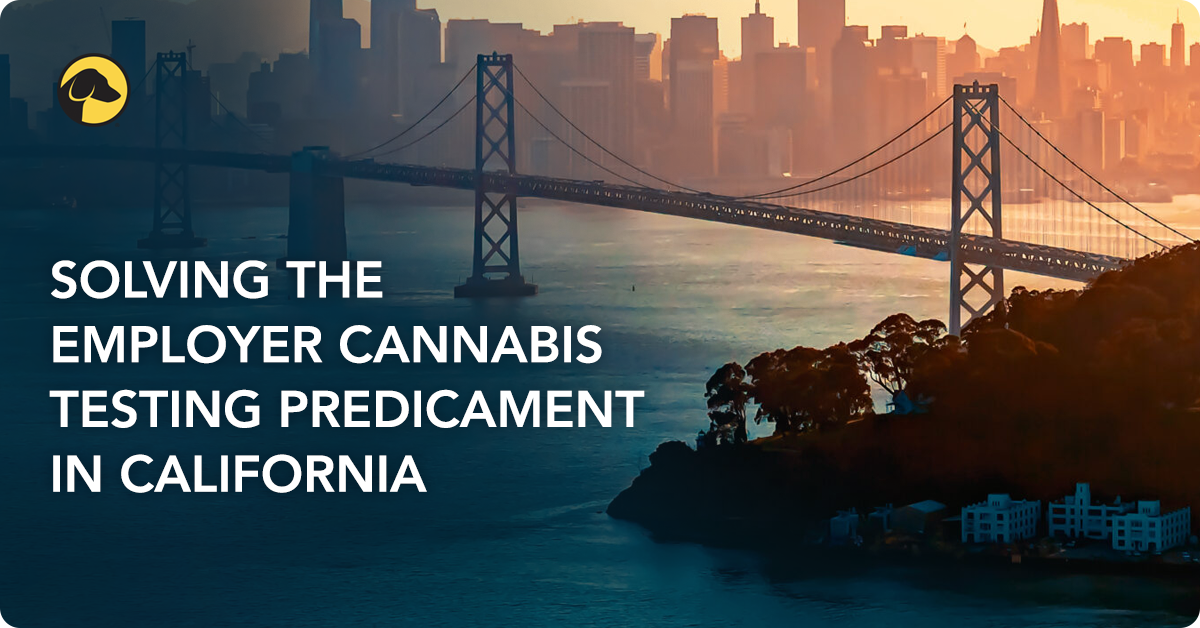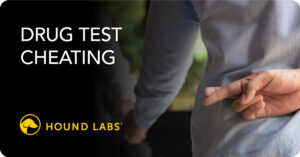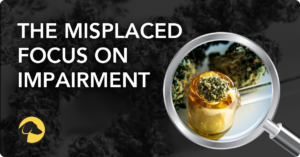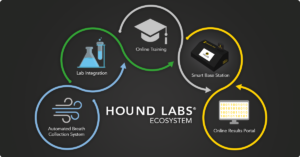
Solving the Drug Testing Predicament in California
A seismic shift is happening in workplace drug testing in California, marked by the introduction of Assembly Bill 2188 (CA A.B. 2188). It’s no secret that California has always been a pioneer in implementing progressive policies, which means it may only be a matter of time before this change impacts employers nationwide.
Faced with this significant change in workplace drug testing legislation, employers need to understand this new law, not only to fulfill their legal obligations but also to maintain the benefits and integrity of their drug testing programs.
Understanding California Drug Testing Changes
The goal of CA A.B. 2188, which came into effect on January 1, 2024, is to strike a balance between respecting employees’ rights to use cannabis outside of work and maintaining a safe and productive work environment. The law prohibits employers from taking adverse employment actions against employees based on drug tests that detect non-psychoactive THC metabolites. This means traditional urine and hair testing methods are no longer viable options for many employers, thereby necessitating a shift to methods like breath testing that screen for the active THC molecule. Additionally, CA A.B. 2188 includes an “Off-Duty Conduct Protection” which prevents employers from penalizing an employee for their use of cannabis off the job and away from the workplace – meaning permissible tests must only detect recent use.
As employers grapple with the implications of CA A.B. 2188, they find themselves at a crucial juncture, faced with three distinct doors – each representing a choice with consequential outcomes.
Door 1: Discontinue Cannabis Testing
Choosing to stop testing altogether, which may initially seem like an appealing option, is strongly discouraged. Bodies such as the Occupational Safety and Health Administration (OSHA) and the American College of Occupational and Environmental Medicine (ACOEM) assert that employers have a legal and moral responsibility to protect employees from workplace illness, harm, or injury.
Numerous studies have emphasized the importance of ongoing drug testing programs in promoting safe and productive work environments. The annual Quest Diagnostics Drug Testing Index highlights that more than half of all positive drug tests are positive for marijuana. Hound Labs recently conducted a survey about cannabis use during the workday where 36% of survey participants reported using cannabis at or before work. By eliminating drug testing, businesses expose themselves to increased safety hazards and potential legal liabilities. In 2021, the National Safety Council (NSC) surveyed businesses across the United States. Among the respondents, 53% of employers who removed marijuana from their workplace drug testing programs saw an increase in safety incidents or a decrease in performance.
Substance abuse can negatively impact employee performance, judgment, and overall well-being. Without drug testing measures in place, employers may be unaware of employees who are using drugs, which can lead to reduced productivity, higher rates of absenteeism, and increased turnover. In that same Hound Labs survey, we found that individuals who use cannabis at or before work are 1.5x more likely to be employed at a company that does not drug test (60.1% vs. 36.1%).
When you tally lost productivity, workplace incidents, workers’ compensation, turnover, and healthcare expenses, the impact of drug and alcohol use in the U.S. costs employers more than $81 billion annually, according to the Recovery Centers of America. It is only a matter of time before the insurance industry prices the actuarial cost of workplace cannabis use into their workers’ compensation and property and casualty policies. The costs and risks that drug use brings to the workplace are simply too high for employers to stop testing for cannabis.
Door 2: Move to Oral Fluid Testing
Employers may consider replacing traditional urine or hair testing with oral fluid testing to leverage a test that detects active THC versus its metabolites. However, this option almost certainly conflicts with the requirements of the California drug testing law pertaining to off-duty cannabis use. The main issue with oral fluid testing is its longer detection window. Cannabis can be detected in oral fluid immediately after use and for as long as “32 hours with the occasional users and 72 hours with the frequent users,” according to the U.S. Department of Health and Human Services.
“This is where the window of detection, or ‘lookback period,’ of a drug test comes into play,” says Tae Phillips, a labor and employment attorney with Ogletree Deakins. “The off-duty conduct protection creates a challenge because employers will not be able to take adverse action against an individual for using cannabis off the job and away from the workplace.”
The longer lookback period of oral fluid simply does not mesh with the intent of the law, which aims to prevent discrimination against cannabis use that occurs away from the workplace. Oral fluid testing also has a higher chance of producing false positives or negatives compared to other methods. At least one study of instant oral fluid tests found a false negative rate as high as 13.1%. Factors like recent cannabis use, contamination in the mouth, and individual metabolism variations all have the potential to impact the accuracy of oral fluid test results.
The bottom line is that terminating an employee based on off-duty cannabis use detected through oral fluid testing will almost certainly result in legal challenges.
Door 3: Switch to Breath
Behind the third door lies the ideal solution – breath testing. A recent use breath test detects the active THC molecule and provides the industry’s shortest detection window of 2-3 hours, fully aligning with workday use language in a way no other type of drug testing can support. Breath testing for recent cannabis use specifically addresses the challenges posed by CA A.B. 2188.
Since both recreational and medical marijuana are legal in California, lawmakers introduced the law to prevent companies from punishing employees who test positive based on off-duty cannabis use away from work. By pioneering the shortest detection window among all drug test types, we address the “lookback period” defined in CA A.B. 2188 by detecting only recent cannabis use without encroaching on use that occurred during an employee’s off-duty hours. Additionally, the narrow window of detection of breath also aligns with an assessment by the National Highway Traffic Safety Administration (NHTSA), which states, “Effects from smoking cannabis products are felt within minutes and reach their peak in 10-30 minutes. Typical marijuana smokers experience a high that lasts approximately two hours.”
Breath testing is also accurate. In partnership with our laboratory testing provider, method development validated the specificity of the breath test, confirming it can limit isolation to only active Delta-8 tetrahydrocannabinol (d8-THC or delta-8 THC) and Delta-9 tetrahydrocannabinol (d9-THC or delta-9 THC) molecules without interference. This data demonstrates the test delivers accurate results that align with the high degree of accuracy of immunoassay and Liquid Chromatography-Mass Spectrometry (LC-MS) lab-based tests.
Finally, the Hound® system is designed to optimize the customer and donor experience by bringing advanced elements together under one umbrella with an improved approach – making the drug testing experience a seamless blend of new technology, robust training, interactive instructions, program compliance, and accessible data. Put simply, we are delivering more than just a new testing method; we are creating a broad testing ecosystem to support employer drug testing programs now and as laws continue to evolve.
Breathe Easier with Hound Labs
As a California-based company, Hound Labs understands the state’s legislative landscape, ensuring our solution is both legally sound and operationally efficient. Employers of all sizes and industries are already adopting breath testing. Selecting this door offers a strategic decision for businesses to seamlessly navigate the changing landscape of drug testing in California.
Don’t risk costly litigation due to non-compliance with CA A.B. 2188. Take action and talk with our team of experts today.

February 22, 2024
By STEVE LEWIS
Chief Executive Officer
Share











